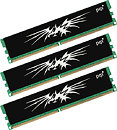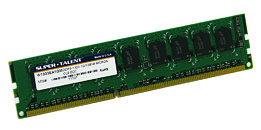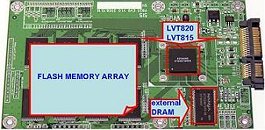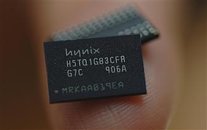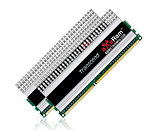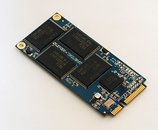Elpida Announces Mass Production Start of 50 nm Process 2-Gigabit Mobile RAM
Elpida Memory (Elpida), Japan's leading global supplier of Dynamic Random Access Memory (DRAM), today announced that it has begun mass production of the industry's highest density 2-gigabit Mobile RAM using 50 nm process technology at its Hiroshima fab.
Mobile RAM is an ultra low-power memory that is ideal for use in mobile phones and other portable devices and requires extremely advanced technology for development and production. As a leading supplier of mobile DRAM, Elpida has managed to quickly establish a full-scale 50 nm Mobile RAM production system using ArF immersion lithography and copper interconnect technology.
Mobile RAM is an ultra low-power memory that is ideal for use in mobile phones and other portable devices and requires extremely advanced technology for development and production. As a leading supplier of mobile DRAM, Elpida has managed to quickly establish a full-scale 50 nm Mobile RAM production system using ArF immersion lithography and copper interconnect technology.
